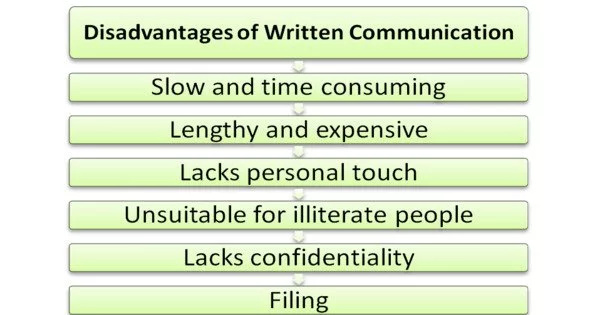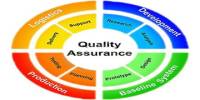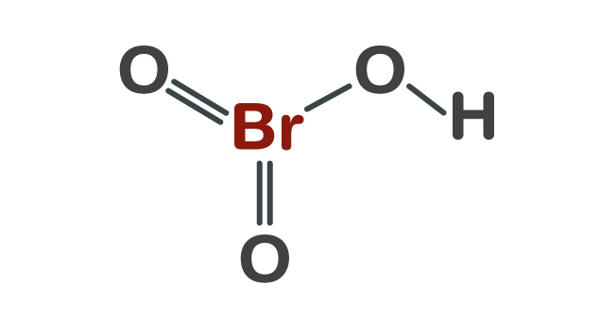Written communication is not appropriate in all situations. Although written communication has several obvious advantages over oral communication, such as meaning clarity, ease of replication, and permanence, it is not always the best choice for business, academic, or personal communication. Understanding the drawbacks of written communication allows you to choose the best mode of communication for any given situation.
Written communication is not appropriate in all situations. Because of some limitations, written communication is not always an effective mode of communication everywhere. The following are some significant drawbacks/limitations:
- Lack of secrecy
Everyone who is interested in the message or information is exposed to written communication. As a result, there is a risk of information leakage from any employee, which could result in a significant loss for the organization.
- Expensive
Such communication is costly. It entails spending money on paper, ink, typewriters, and printing machines, as well as the upkeep of such equipment and machines.
- Wastage of time
Such communication takes time. It takes a long time from beginning to end. A message sent via mechanical device such as a telephone may take only a few seconds to reach its destination, whereas a message sent via written device such as a letter may take two, three, or even more days to reach its destination.
- Late Feedback
In written communication, the recipient opens the letter and reads it carefully, taking their time. When he responds to the letter, he takes some extra time to respond in accordance with the requirement. As a result, feedback is delayed.
- Lack of Direct Relations
There is very little opportunity for a personal relationship to develop between the sender and the receiver through written communication. A communication gap or delayed communication may result from a lack of personal touch.
- Lack of flexibility
There are some predetermined formalities that must be followed when communicating in writing. Observing such formalities is a time-consuming process. Because of the lack of flexibility in written communication, any immediate change is not possible.
- Red-tapism
Written communication promotes red tape. A message from the chief executive is delivered to various groups of people. It is possible that an urgent letter or message will be filed and not acted upon. The individuals involved do so on purpose, causing a delay in the processing of information. Rapid decision-making is hampered as a result of this red tape.
- Useless for the illiterate
Written communication makes no sense if the recipient is illiterate. As a result, such communication is meaningless to illiterates. As a result, communication is ineffective.
- Cost of filing and indexing
This is an additional cost that the Organization must bear. Written communication is recorded or filed for future reference. Expenses must be incurred for the creation of racks and the arrangement of other equipment.
- Flattery and Inflated information
If a message is supposed to go against the interests of employees or higher officials, the concerned person may fabricate such a message. In order to gain an advantage or avoid criticism, such a person may flatter and exaggerate information in a written message.
- Delayed correction
Because there is no direct contact between the communicator and the communication in written communication, any error that occurs takes a long time to correct. Even if the error is discovered immediately, it cannot be corrected. For example, a letter that has been posted cannot be returned for correction if an error is discovered later.
- Complexity and sluggishness
To ascertain the purpose of sending any message. The creation of such a message, and thus its transmission to the intended recipient, necessitates the observance of a number of rules, procedures, or formalities. Furthermore, feedback is delayed in such communication. The entire procedure is complicated and slow.
The above demerits are required to be addressed while making written communication. Such demerits should be minimized to make the effective communication.
















